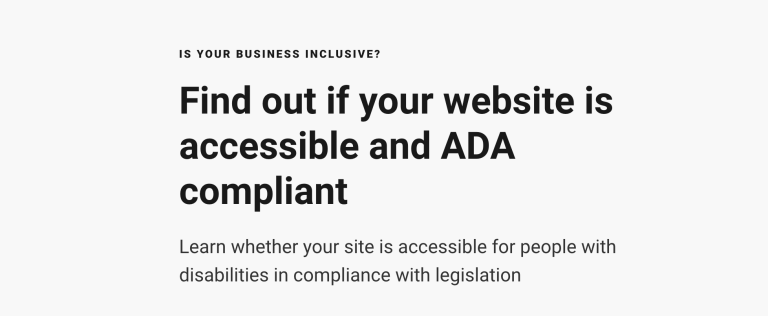Order Tracking Portals Are Crucial for Revenue Assurance
Order Tracking Portals Are Crucial for Revenue Assurance What happens after a customer clicks “Buy” is just as important as the steps that led to it. The journey doesn’t end there—it’s just beginning. While most


